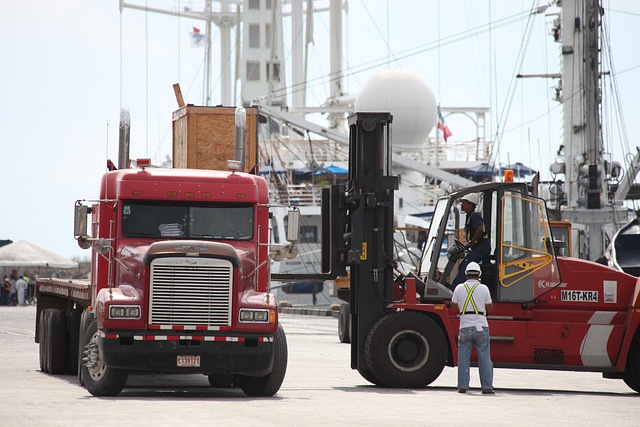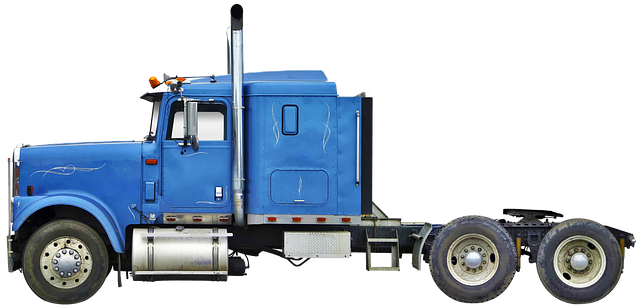Registering a car in California involves understanding specific requirements and gathering essential documents. This step-by-step guide will walk you through the process, ensuring a smooth experience. First, comprehend the state’s car registration mandates, especially regarding VIN (Vehicle Identification Number) verification. Next, collect necessary papers for this critical check. After passing VIN inspection, you can opt to register online or visit a DMV office. Finally, pay fees and obtain your license plate, legalizing your vehicle in California.
- Understand California Car Registration Requirements
- Gather Necessary Documents for VIN Verification
- Perform Vehicle Identification Number (VIN) Check
- Complete Online Registration or Visit DMV Office
- Pay Registration Fees and Receive License Plate
Understand California Car Registration Requirements

Before registering your car in California, it’s crucial to understand the state’s specific requirements for vehicle identification number (VIN) verification. California law mandates that all vehicles operated on public roads must have a current and valid registration, which hinges on accurate VIN data. This includes ensuring the VIN is not altered or tampered with, as well as confirming the vehicle’s historical ownership and any associated records.
A key aspect of this process involves completing a vin verification, which can be done through various methods, including utilizing services like mobile vin inspection or mobile vin verifier. These services offer convenience by allowing you to complete the VIN check from the comfort of your own location. By providing your vehicle’s unique VIN number, these mobile verifiers cross-reference it against state databases to ensure its authenticity and history, playing a vital role in ensuring compliance with California’s car registration regulations.
Gather Necessary Documents for VIN Verification

Before heading to the California Department of Motor Vehicles (DMV) or a third-party service, ensure you have all the required documents for a successful VIN verification process. This includes your vehicle’s registration paperwork, proof of insurance, and identification documents like a driver’s license or state ID. Additionally, gather important records related to previous ownership changes if applicable.
For a smoother process, consider utilizing a mobile vin inspection or mobile vin verifier service, which can conduct the initial checks remotely, saving you time and effort. This involves providing your vehicle’s unique VIN (Vehicle Identification Number) to a specialist who will cross-reference it against various databases to verify its history and authenticity.
Perform Vehicle Identification Number (VIN) Check

Before registering your car in California, performing a Vehicle Identification Number (VIN) check is a crucial step. This process involves verifying the vehicle’s history and ensuring it meets all legal standards. You can conduct a VIN verification through various methods, including using specialized online tools or even a mobile vin verifier app for easy, on-the-go inspections.
By entering your car’s unique VIN number, you gain access to detailed information about its past, including ownership records, accident history, and outstanding loans. This is particularly important in California, where strict regulations require all vehicles to be up-to-date and safe before registration. A mobile vin inspection can significantly streamline this process, offering a convenient way to ensure your car’s readiness for California roads.
Complete Online Registration or Visit DMV Office

You have two options for registering your car in California: complete the process online or visit a DMV office in person. The former is increasingly popular, thanks to its convenience and efficiency. To register online, you’ll first need to perform a vin verification using your vehicle’s unique Identification Number (VIN). Many services offer mobile vin verifier apps for this purpose, allowing you to confirm the car’s history and condition right from your smartphone.
Once your VIN is verified, you can start the registration process on the DMV’s website. Provide necessary documents such as proof of ownership, insurance, and identification. Alternatively, if you prefer a more traditional approach, schedule an appointment at a nearby DMV office. There, a representative will assist with vin inspection and guide you through the registration steps, ensuring your vehicle complies with all California regulations.
Pay Registration Fees and Receive License Plate

After completing the registration application and providing necessary documents, it’s time to settle the fees involved. In California, vehicle registration costs vary based on the type and age of your car. You’ll need to pay a base fee along with any applicable emissions or weight charges. The Department of Motor Vehicles (DMV) offers various payment methods, ensuring convenience for registered owners. Once your payment is processed, you’ll receive your license plates—a crucial step in legally operating your vehicle on California roads.
Obtaining license plates involves a rigorous vin verification process to ensure the authenticity and history of your car. A mobile vin verifier or mobile vin inspection service can streamline this step by providing instant results, allowing you to quickly move forward with registration. This digital solution offers added convenience, especially when combined with online application submission, making the entire registration experience more efficient.
Registering a car in California involves understanding state requirements, gathering essential documents for VIN verification, performing a vehicle identification number check, completing online registration or visiting a DMV office, paying relevant fees, and receiving your license plate. This process ensures that your vehicle complies with local regulations, enabling you to legally operate it on California roads. Remember to keep your registration up-to-date to avoid penalties and maintain a smooth driving experience.
